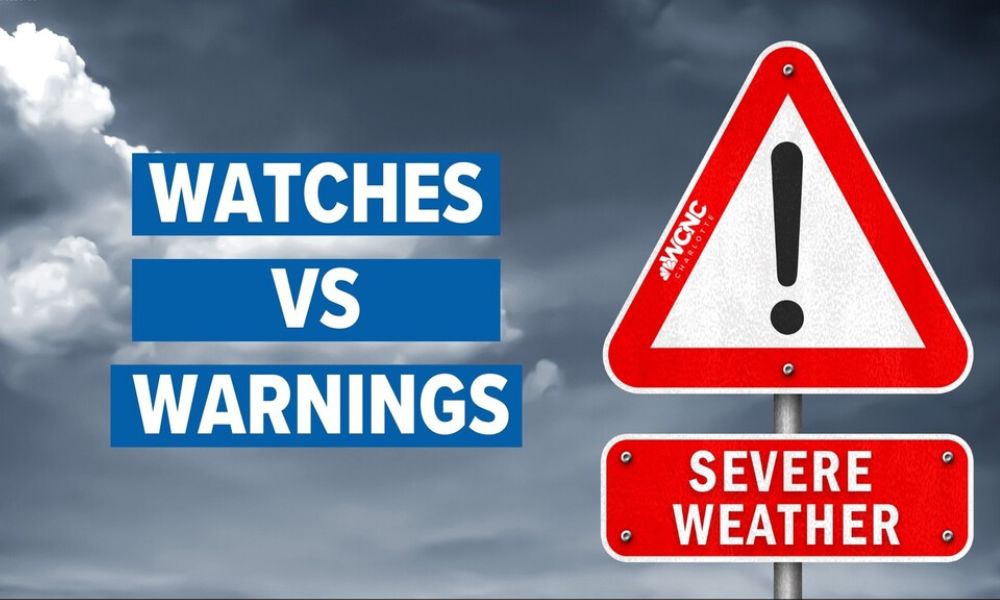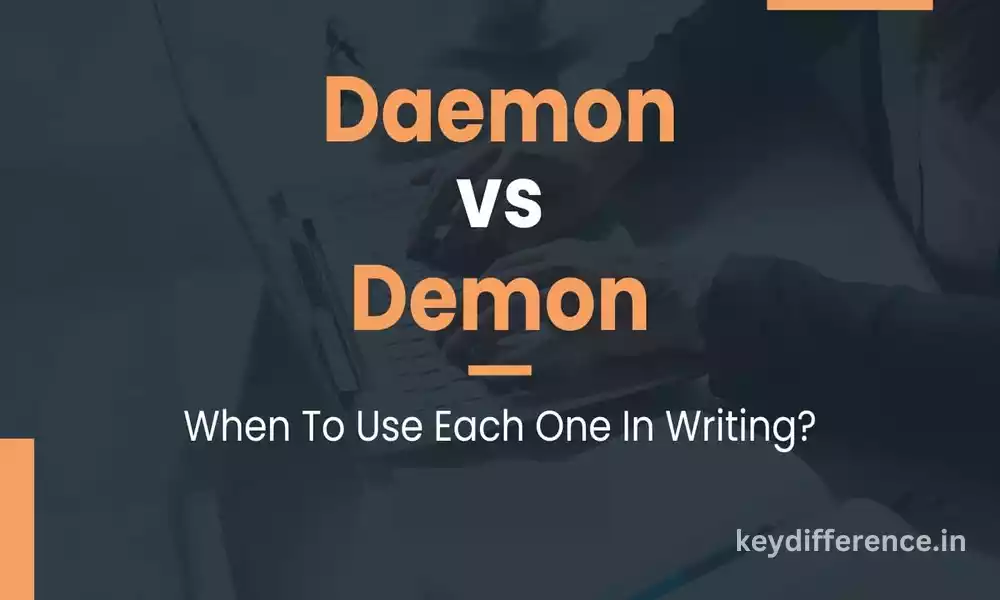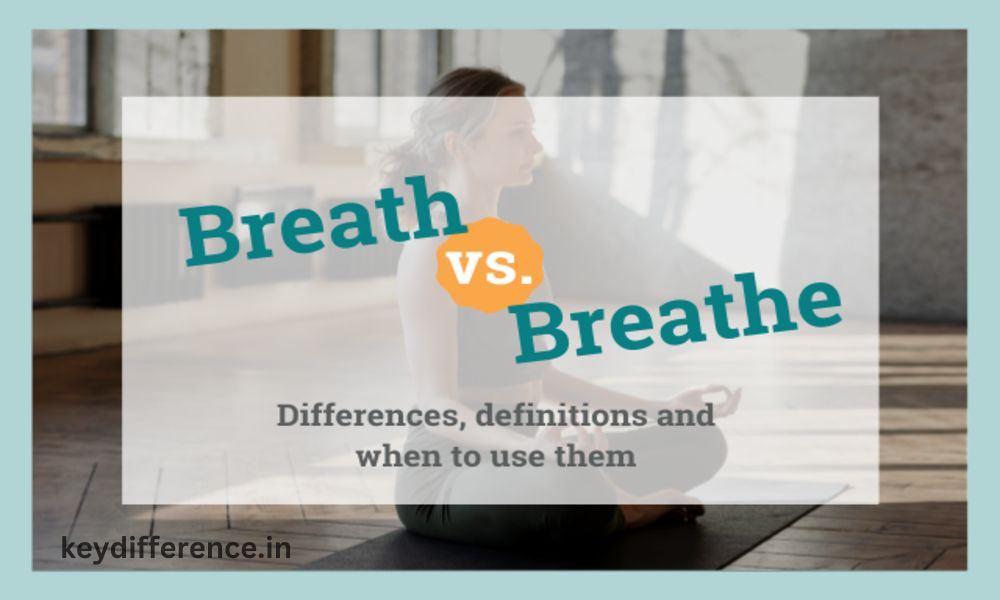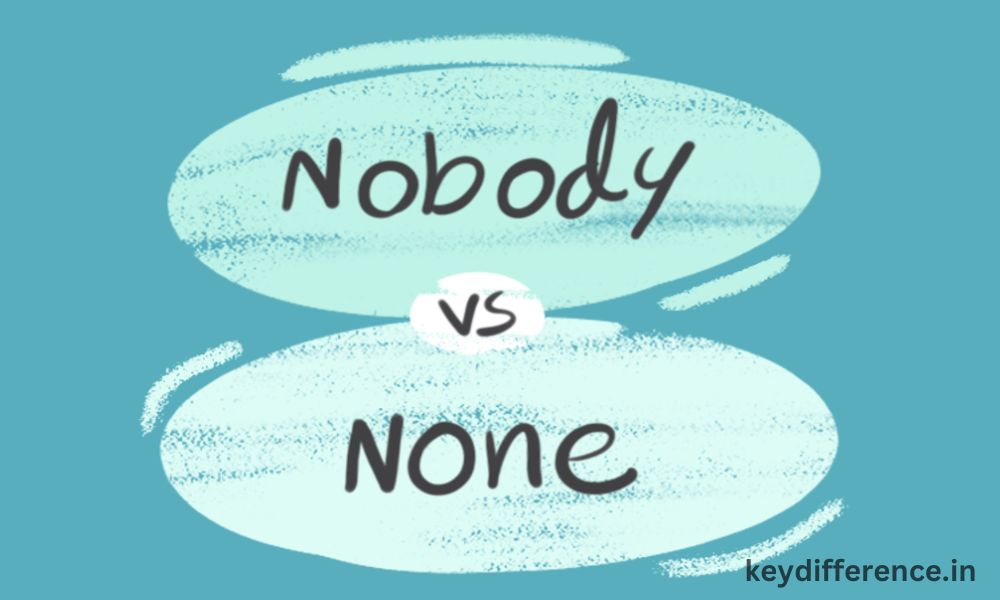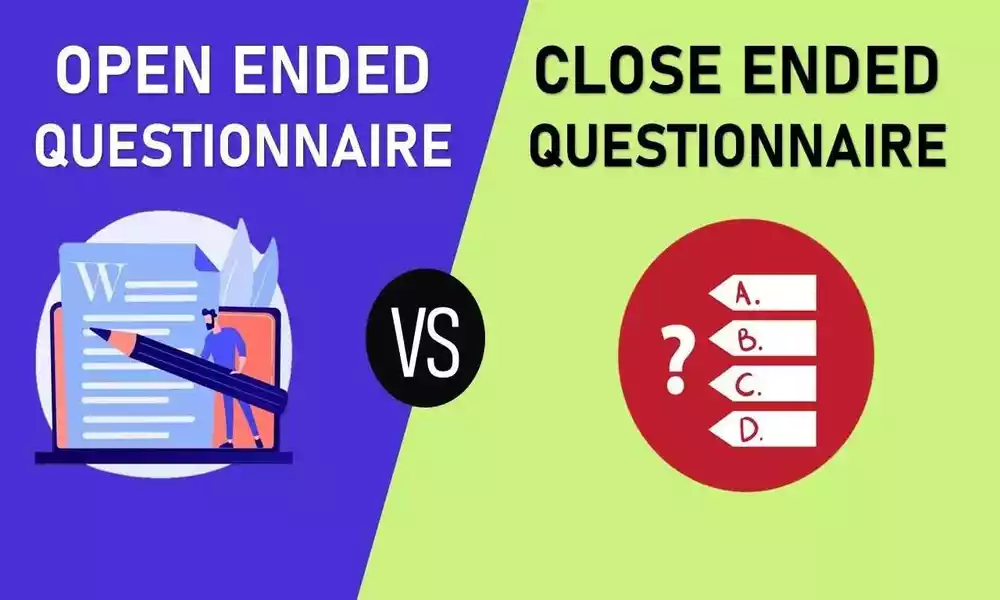Introduction
Understanding the difference between “had” and “had been” is integral to mastering English grammar and effectively conveying past events. Both forms are used in the past tense but convey different meanings and contexts; in this content outline we will explore these distinctions further and offer examples to clarify their usage.
At first, we will introduce “had” as the past tense of “have,” explaining its function within the past perfect tense – where completed actions that occurred prior to another past event are signified by this auxiliary verb – before exploring how “had” can be used to express actions that took place and concluded before specific moments in time.
Second, we will define “had been” as the past perfect continuous tense of “be,” indicating ongoing actions that began in the past and continue until an event or date in the past. Furthermore, “had been” will allow us to describe duration or continuity leading up to specific events or times in history.
As part of our review of “had” and “had been,” we will identify key distinctions between them, including verb forms, tense usage, and the meaning conveyed. “Had” refers to completed actions while “Had been” emphasizes ongoing processes.
To facilitate understanding and provide practical applications, this chapter offers examples and practice exercises demonstrating correct usage of both “had been” and “had been”. By practicing with these examples, readers will increase their comprehension of differences between these forms.
At the conclusion of our guide, we will review the key distinctions between “had” and “had been”, emphasizing their relevance depending on intended meaning. Furthermore, we encourage readers to practice using past tense forms accurately through continued practice or seeking further clarification if needed.
What is Had and Had Been?
Had:
Had is the past form of the verb to have, used to indicate something happened or experienced within recent time.
Used either directly as a verb or indirectly through various tenses like past simple, past perfect and conditional perfect, “had” can refer either directly or indirectly to past completed acts while perfect past “had” can refer more generally to actions performed prior to another activity occurring within history.
Had been:
“Had been” is the past perfect tense of “be”, meaning something happened prior to an event or period occurring in the past.
To form “Had been”, an auxiliary word “had” in past present tense is combined with present component “be”, followed by present component that indicates be was “been”, leading up to having started and ended before specific dates in history were reached; or to indicate length of time before something occurred (for instance “I studied for hours prior to taking the exam”)
Here’s a table of comparison for “had” and “had been”:
| Feature | Had | Was It |
| Usage | Past simple | Past perfect |
| Meaning | It indicates a completed task in the past | It indicates an action that was completed prior to another event or in the past. |
| Structure | Subject + had + past participle | Subject + has + were + the present participle |
| Example | Lunch was served at noon. | She was studying for hours prior to the time she was able to take the exam. |
“had” is used to refer to a completed act in the past. In contrast “had been” is used to refer to an action which was completed prior to an event or within the present. “Had” is formed by using the secondary verb “had” in the past present tense.
It is then which is followed by the present participle the main verb. Likewise “had been” is formed by using the secondary verb “had” in the past tense, which is followed by the present participle “be”, which is “been”, and the present participle of the verb.
Understanding “had”
“Had” is the past present tense of “have”. It’s a verb that can be used in a variety of ways which can serve either as either a main verb or as an additional verb dependent on the structure of the sentence and the usage of the tense.
As a principal verb, “had” is used to denote that something or someone has or had experienced some event within the last. Examples:
- There were a lot in books on her bookshelf.
- I was suffering from headaches yesterday.
- The guests had a blast at the event.
Auxiliary verb “had” is used to create the perfect past tense which indicates the completion of an action prior to another event or moment within the last. Examples:
- At the time I arrived, she’d already gone.
- I was done with my homework prior to watching the TV.
- They were married for twenty years when they divorced.
In both instances, “had” is followed by the past participle that is the primary verb. Past participles of normal verbs are constructed through the addition of “-ed” to the base form of the verb unlike irregular verbs, which have distinct form that needs to be learned.
Conjugation of “had”
This is the conjugation for “had” in the simple past present tense:
| Person | Conjugation |
| I | was |
| You | was |
| He/She/It | were |
| We | were |
| You (plural) | were |
| They | were |
Auxiliary verb “had” is also used to create other tenses for example, the past perfect and past perfect continuous as well as the conditional perfect.
In these situations the conjugation for “had” remains the same but it is accompanied by different versions of the verb’s main form to form the various forms of tenses. Here are a few examples:
- Past-perfect: She been studying English over two years prior going into America. United States.
- Past Perfect Continuous The passengers had waited for more than an hour, when it finally arrived.
- Perfect conditional: If I’d been aware of your coming I would have made an ice cream cake.
It is important to note that the usage for “had” as an auxiliary verb is not restricted in the present tense. It is also possible to use it in other tenses, like the future perfect and present perfect.
Understanding “had been”
“Had been” is the past perfect tense of”be” verb “be”. It describes an event or condition that began and ended prior to an event or time within the last. “Had been” is formed by using the secondary word “had” in the past in the tense.
It is followed by”be” past in the form of “be”, which is “been”, and the present participle form of the main verb.
Here are a few illustrations that show “had been” in action:
- She was working for six hours before her boss requested that she stay up late. In this example, “had been working” signifies that the act of working began and ended before her boss requested for her to stay up late.
- At the time when I got there, people were dancing for a long time. In this example, “had been dancing” means that the dancing began and ended prior to the time I arrived at the event.
- We were making plans for our journey to Europe for a long time before we decided to purchase tickets. In this example, “had been planning” means that the stage of planning the trip began and ended prior to the date of purchasing tickets.
A past perfect tense that includes “had been” is often used to express the length of an act or a state that took place in the past, but was completed before a different moment in the present.
It is also used to indicate the fact that something happened prior to the time that another event in the past occurred.
Conjugation of “had been”
This is the conjugation for “had been” in the past perfect present tense:
| Person | Conjugation |
| I | It was |
| You | was |
| He/She/It | It was |
| We | was |
| You (plural) | It was |
| They | It was |
The past perfect tense of word “be”, “had been” is used to refer to an event or condition that began and ended prior to another moment or event in the past.
It is always preceded by the present participle of the verb in question. Regular verbs’ present participle is created when you add “-ing” to the base form of the verb unlike irregular verbs, which have distinct patterns that must be learned.
Here are a few illustrations from “had been” followed by the present participle:
- She was studying for hours prior to the time she sat for the test.
- He was doing work on his project for hours before his boss summoned him to the meeting.
- They waited for nearly one hour, before they were able to get their tickets.
It is important to note the fact that “had been” is not employed as a primary verb in itself instead, but to serve as an adjunct verb that is used to create the past perfect tense.
Tips for using “had” and “had been” correctly
Here are some suggestions to use “had” and “had been” correctly:
- Utilize “had” to describe a completed act in the past and also as a auxiliary verb in order to create the perfect tense of the past.
- Utilize “had been” to describe a period of time that leads up to an event and also as an adjunct verb in order to make the past perfect continuous tense.
- Keep in mind it is true that “had” is the past present tense of “have”, and is followed by the present participle of the verb.
- Be aware this “had been” is the past perfect tense for “be”, and is followed by the present participle the verb’s main meaning.
- Utilize “had” to describe a simple past action or event as well as “had been” to describe an ongoing or continuous act or state.
- Utilize “had” to describe a previous event or activity that took place prior to another incident or event or event. You can also make use of “had been” to describe an event or condition in the past that occurred prior to another past event or activity.
- Be aware of the tense and the context of the sentence to determine if “had” or “had been” is the correct verb to use.
- Learn to use “had” and “had been” in various tenses as well as sentence structures until you are more comfortable with their use.
Make sure you use the right words for “had” and “had been” will greatly improve the clarity and precision of your writing. It also will help you communicate your message more effectively.
Conclusion
“had” and “had been” are both significant phrases within the English language:
They can be used to describe events or actions from the past. “Had” is the past tense of “have” and is used to describe actions that have been completed and also as an adjunct verb in order to create the perfect past tense.
In contrast, “had been” is the perfect past tense of “be” and is used to refer to the duration of time that leads up to an event that has occurred in the past, in addition to an additional verb in order to make up the continuous past tense.
It is crucial to utilize these verbs correctly so that you can accurately convey the message of your written or spoken words.
Be aware of the tense and the context of the sentence. Also, remember to practice using these words in different ways to get more comfortable using them.
With time and practice, and a keen eye for particulars, you’ll improve your confidence to make use of “had” and “had been” correctly and efficiently.



